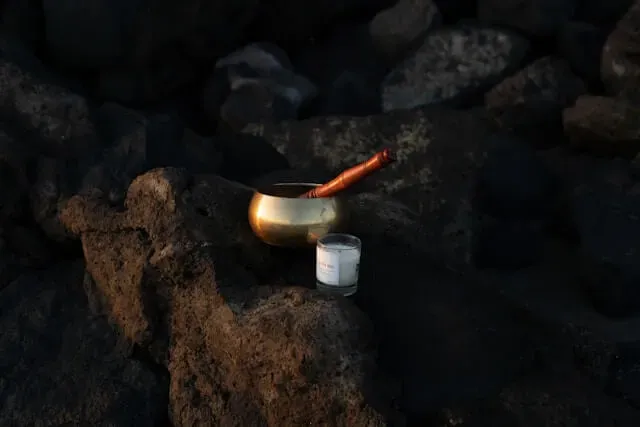
Clay Therapy
Experience the therapeutic power of touching during Clay Therapy sessions. Discover a way to help clients cope with difficulties through this therapeutic approach.
Get carepatron free
Commonly asked questions
Clay therapy works by promoting relaxation and creativity, providing a therapeutic escape that can positively influence one's daily experiences.
Not at all! Clay Therapy embraces all skill levels, offering a supportive space where creativity flows freely, regardless of your artistic background.
While self-directed clay activities can be beneficial, the full therapeutic benefits are typically realized with the guidance of a trained therapist.
Clay Therapy can be messy, but cleanup is manageable. To make it accessible to most people, you'll need basic clay and sculpting tools.







